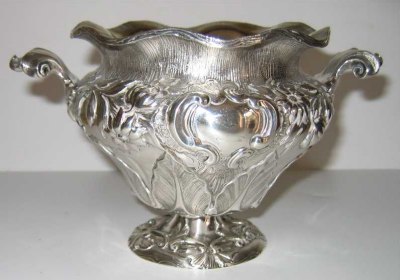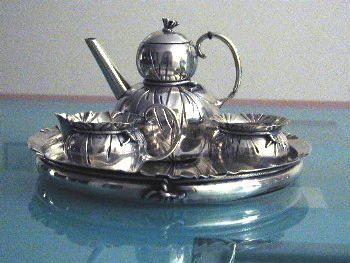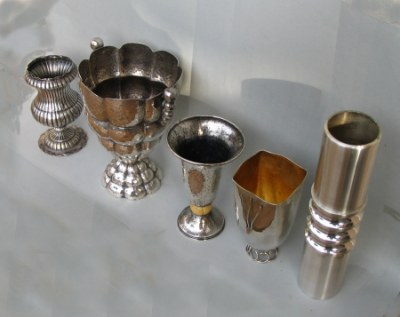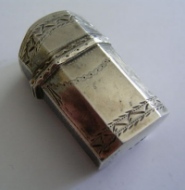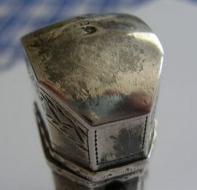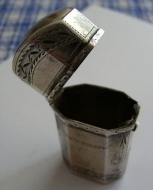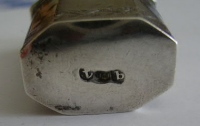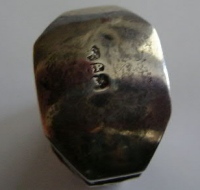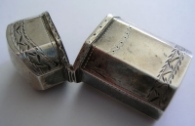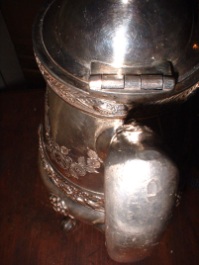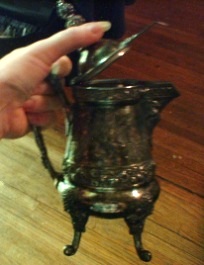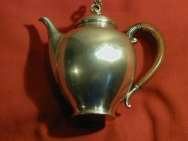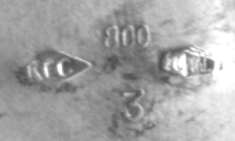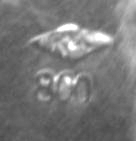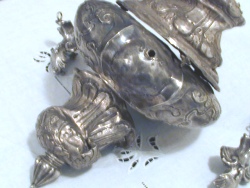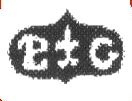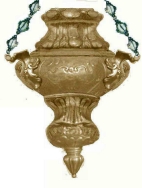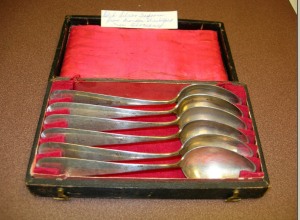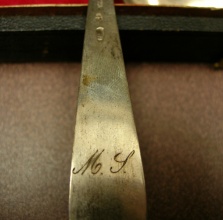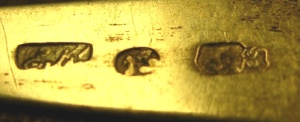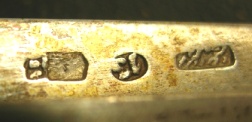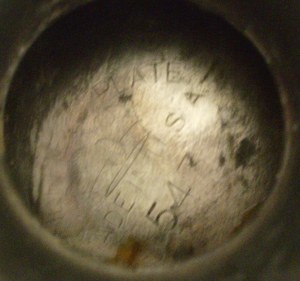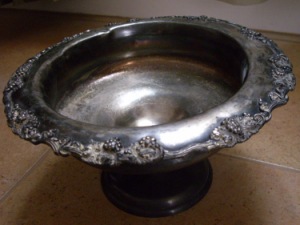 newsletter # 22 February 2006
newsletter # 22 February 2006www.ASCASonline.org
email: silverassociation@yahoo.it
Two new articles for ASCAS website
New members Welcome to new ASCAS members: Daniel Botnick - USA Jacqueline Breckpot - Belgium Xtine Cabrera - USA Laurence Clements - South Africa Lisa Clews - Scotland UK Sergio A. Corona-Paez - Mexico David D'Agnew - USA Patrick Daneels - Belgium Marcel De Haan - Holland Marynell Grafwallner - USA Shannon Greene - USA Mike I. Gross - USA Candice Hern - USA Maja Heynecke - South Africa Giampiero Ierbulla - Italy Susan Lapsley - USA Liz Lillis - USA Luis C. Lopes - Portugal Jocelyne Marchand - Canada Peggy Martines - USA Samuel Morellato - Italy Richardson Schell - USA Stephen Silver - USA Rose Smuts - South Africa Gordon Taylor - England UK Shannon Trauring - USA Kath Wells - Australia Giuditta Zaidensztadt - Italy Members' Window # 22
Questions from ASCAS membersWayne Robbins writes: Christina R. Green writes: Nikica Vuletic submits two questions: The use of the lozenge 'REC' as an official Italian hallmark
is unknown to me.
Another question: an old Venetian silver religious lamp (Lux
Aethernam) is marked with leone San Marco (St. Mark's lion) and
control hallmark as one in the photo below. |
|
damaged hanging lamp
|
Venice's hallmark
|
computer reconstruction of the silver lamp
|
The mark refers to Zuan Piero Grappiglia, assayer in Venice
(saggiatore di Zecca), active from mid 18th to the beginning of
19th century.
Giorgio Busetto
George Zochowski writes:
...Does any member of the association have a de-code list of
hallmarks on Egyptian silver?
Left mark = fineness ( ? 800)
Middle mark = Lotus flower (Egypt, post 1946)
Right mark = Date of assay
I cannot find references for fineness and date glyphs
Would appreciate any information
Rick Bakke writes:
... I have recently inherited a small set of tea spoons that
I am trying to find out some information on. I do not expect
they are worth much but it would be nice to know some history or
information on them.
They were brought to America from Germany by my Wife's Great
Great Grandmother.
Can you tell me anything about them based on the pictures
attached?
5 tea-spoons in a red lined box.
Engraving on back: M.L.
Embossed on back: E.K. 13
Hallmark: per picture
Thank you for your time and any information you might be able to
supply.
Rick Bakke
Cindy Sephton writes:
... I came across this old marked Sheffield Plate antique fruit bowl or ??? It has "SHEFFIELD PLATE" in a semi circle over a "crown" with "547" printed under the crown. There is also a shield with a figure in it and lines going vertically through the shield.
There are grape clusters and vines surrounding the edge of the bowl.
You can tell it is very old and very heavy for this type of bowl.
It is a blue grey silver color but darkened from tarnish.
I am ready to go get it cleaned at a jeweller but I would like to know the best way to have it cleaned.
It's a beautiful piece and the hallmark on bottom is slightly wearing and I do not want it to be affected by cleaning.
Who would be able to tell me how old it is and a little history behind it?
I love antiques but especially old silver.
Thanks for any information.
Cindy Sephton
What is this piece ???
Nikica Vuletic submits this Mystery object:
I have a mysterious silver object (or only a part of an object)
that has 19th century Rome (Papal State) hallmark.
I do not know if some parts are missing (lid or or glass liner)
or it may even be complete (maybe a vase of unknown use or an
elongated salt cellar)
It weighs about 120 grams and is 12 centimeters tall.
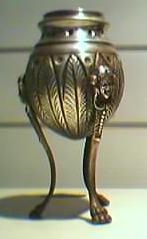
|
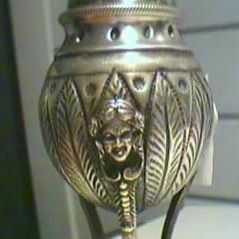
|
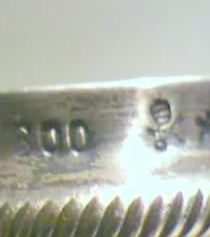
|
The object has the hallmark used in the Papal State between
1815 and 1870 to identify 889/1000 fineness silver (Chiavi di
San Pietro e tiara pontificia) and a further assay mark '800'
added after Rome's annexion to the Kingdom of Italy (September
20, 1870).
I hope that ASCAS members may identify this unusual object (a
religious vase?, part of an inkstand set? or other?)
This month 180 members not confirming their 2006 membership
were cancelled from ASCAS files.
My thanks to 200 'survivors', most of them belonging to
ASCAS since 2004 (ASCAS was founded in April 2004).
ASCAS confirms its status of no-profit association, without
commercial links and opened to whomever has a true interest
for the knowledge of antique silver. It has no commercial
objective, no fees are requested nor accepted from members and,
therefore, the association is not available to manage and
distribute hundreds of unread e-mails.
Members are requested to contribute to maintain ASCAS alive
supplying articles, photos, information or, at least, reading
(and I hope appreciating) our Monthly Newsletters.
Your comments, suggestions and advice on February 2006
Newsletter will be of great help.
My thanks to Rick Bakke (USA), Giovanni Ciceri (Italy), Martine
D'Haeseleer (Belgium/Spain), Christina R. Green (USA), Wayne
Robbins (USA), Cindy Sephton (USA), Nikica Vuletic (Croatia),
George Zochowski (UK) for their invaluable contributions.
Giorgio Busetto
Secretary
top page |
ASCAS is a community of people having a common interest in
antique silver.
|
